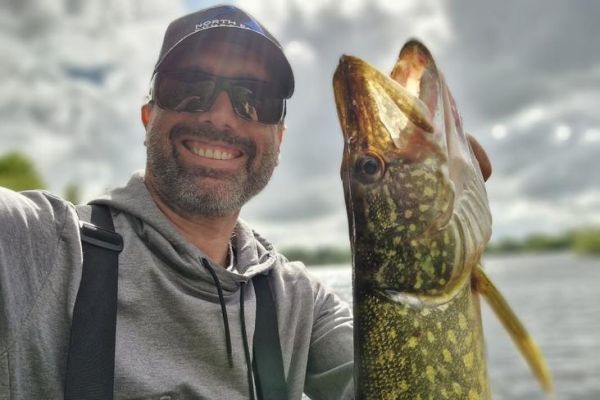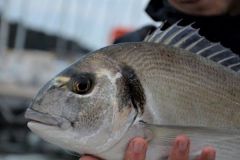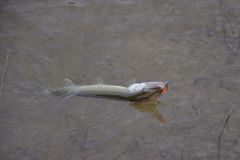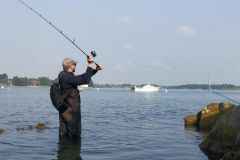Short keys
The first reason why we miss our strikes is obviously the quality of the bites. The fish may be particularly difficult that day. But this, especially if accompanied by following fish or refusals, is often synonymous with poor presentation or the wrong lure parameter. Perhaps by simply changing the lure's color or vibration, you can improve the quality of the bites and thus your results.
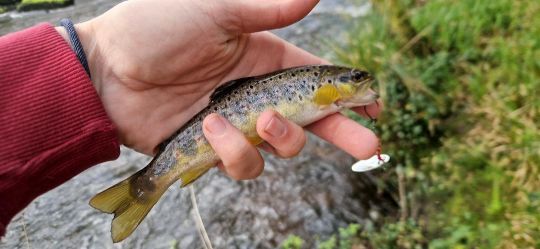
Bad timing
The second point that often leads to missed hooks or badly hooked fish is the wrong timing of the hooking. The two most common errors are :
- Premature hooking when fishing on the surface, where the hook is made by seeing the eddy rather than by feeling the weight of the fish on the line. This is also true with bulky baits or with fish that "chew" their prey, such as bream.
- Late strikes allow the fish to spit out the lure or bait.

Poor key detection
In the same vein, and particularly with regard to too-late hookings, these can be linked to poor bite detection. This may be due to a rod that doesn't resonate enough, or to the use of nylon instead of braid. But they can also be caused by particularly annoying weather conditions, such as wind, or by a technical problem in your animations resulting in a banner that's too relaxed, making it difficult to perceive bites.

Wrong cane angle
As amplitude is a decisive parameter in the success of a strike, a wrong rod angle at the moment of the strike, like a rod that's much too high, won't allow you to make an effective technical gesture. In this case, you need to take care to correct your shortcomings to make more hits!

The wrong choice of equipment
Sometimes your hooks are ineffective simply because your equipment is not adapted to the constraints of the environment or the lures used.
For example, when fishing long distances, with nylon or with a very soft rod, it's important to make a generous strike. That's why the length of your rod becomes an important parameter to be efficient.
On the other hand, while a "soft" rod is sufficient to drive in "fine-iron" hooks and avoid unhooking, a rod with tip action is indispensable for effective hooking with "strong-iron" hooks, especially if they are protected.

 /
/ 